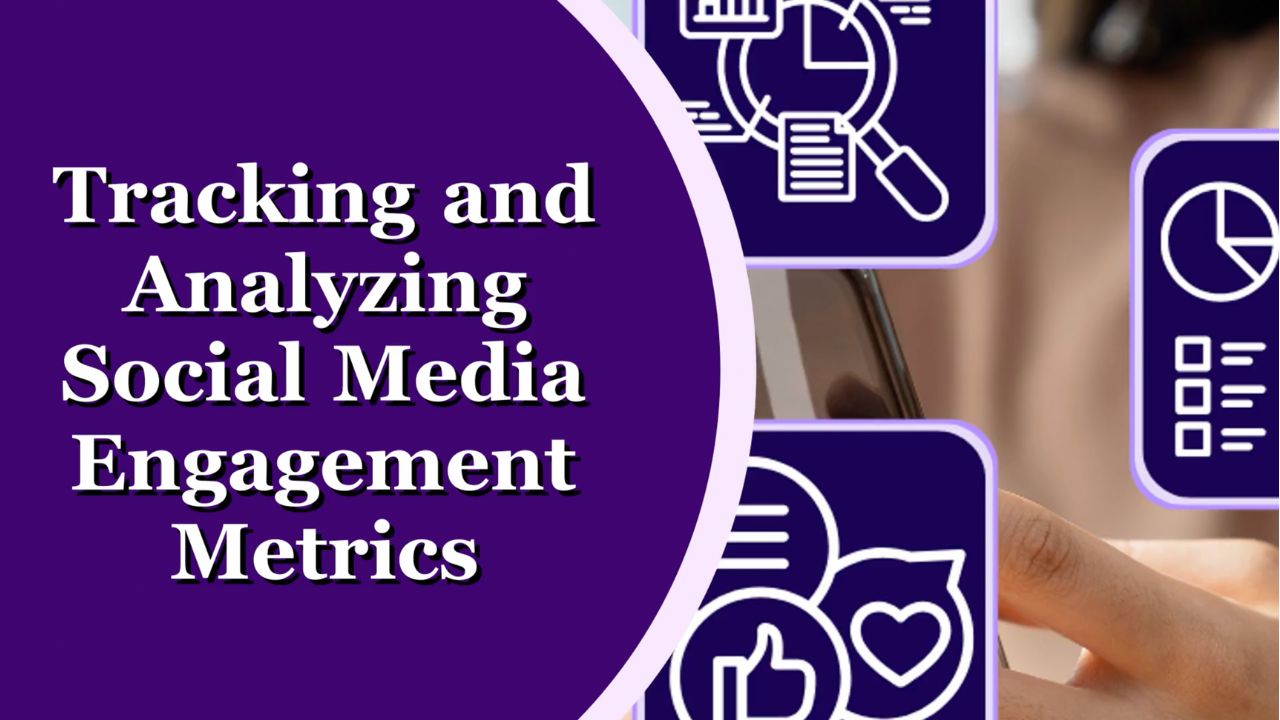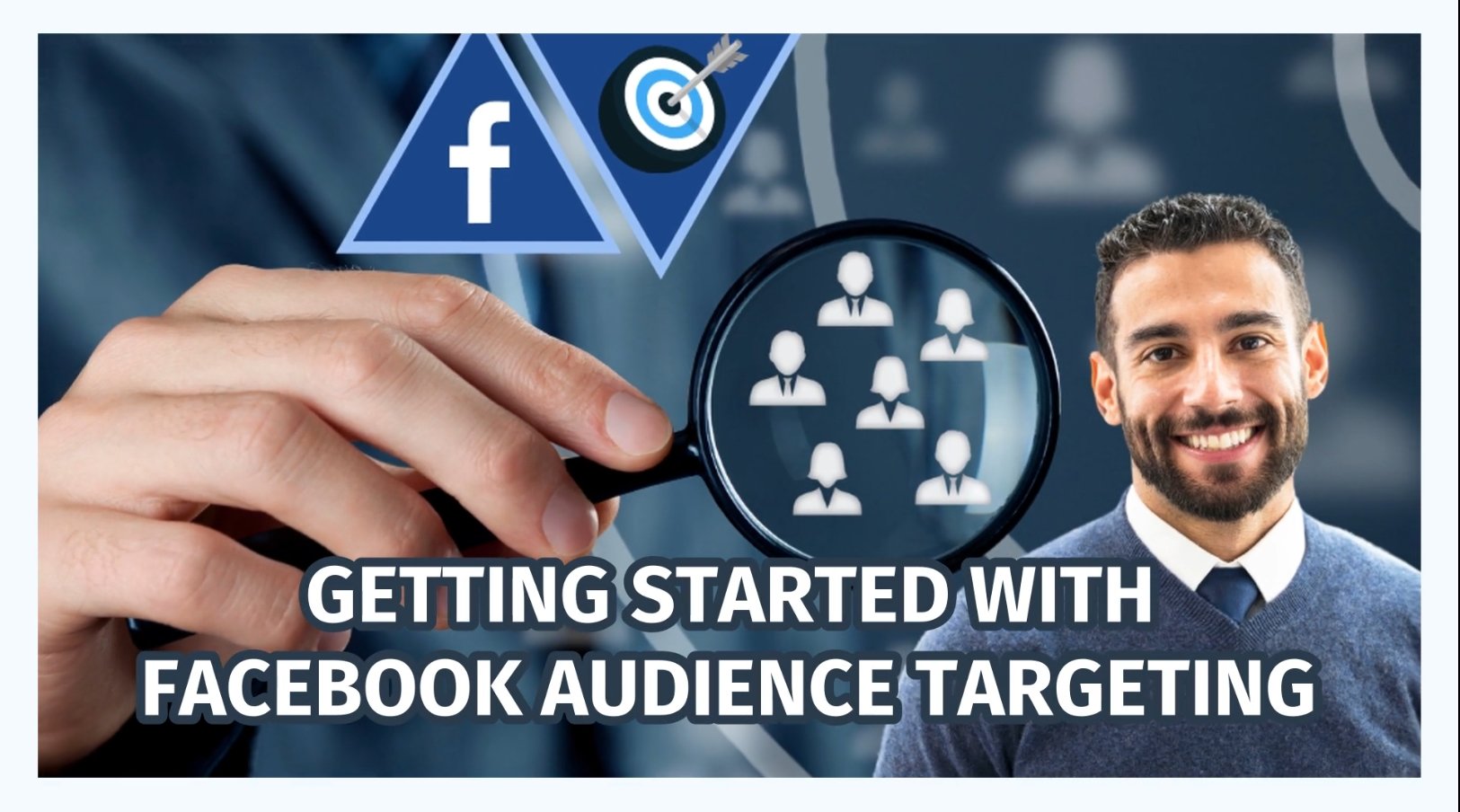In today's hyper-connected world, understanding and leveraging social media engagement metrics is not just beneficial—it's essential.
As a marketing manager, you know that these metrics serve as the pulse of your brand's social media health, providing a clear picture of audience behavior and campaign effectiveness.
But are you fully capitalizing on this goldmine of data to steer your strategies?
This post will dive deep into the world of social media engagement metrics, from the basics of defining what constitutes engagement to the nuances of analyzing complex data for strategic advantage.
We'll explore:
- Key metrics—likes, comments, shares, saves, and mentions – what do they really tell us about audience preferences?
- Tracking tools—a look at industry favorites like Sprout Social, Hootsuite, and Google Analytics.
- Data analysis—how to decipher the vast amount of data to optimize your content and engagement strategies.
- Actionable strategies—turning insights into actions that resonate with your audience and amplify your reach.
Whether you're looking to refine your current approach or build one from scratch, understanding how to track, analyze, and act on social media engagement metrics can transform your marketing efforts.
Ready to boost your social media savvy?
Let’s get started!
Understanding Social Media Engagement Metrics
Before diving into the tools and techniques of tracking social media engagement, let's clarify what we mean by "engagement" and why it's a cornerstone of your digital marketing strategy.
Social media engagement refers to the interactions that users have with your content.
It's a direct measure of how effectively your brand is connecting with its audience, encouraging active participation rather than passive consumption.
Here are the key metrics that paint a full picture of your engagement landscape:
Don't just track these metrics in isolation.
Look for patterns and correlations.
For example, a spike in shares might correlate with a particular content type or posting schedule.
Understanding these nuances can refine your strategy and enhance engagement.
Each engagement metric offers unique insights and, when combined, they provide a comprehensive view of your social media performance.
By keeping a pulse on these metrics, you are better equipped to tailor your content, foster relationships, and build a community around your brand.
Remember, the goal is to engage meaningfully with your audience, turning passive followers into active brand advocates.
With a clear understanding of these metrics, you're well on your way to crafting a successful engagement strategy that drives real business results.
Social media engagement refers to the interactions users have with your content—it’s a direct measure of how effectively your brand is connecting.Click To Post OnTools for Tracking Social Media Metrics
To effectively measure and analyze the impact of your social media efforts, you'll need the right tools.
These platforms not only simplify the process of tracking metrics but also provide insights that can help shape your future strategies.
Here’s a roundup of some of the most popular tools used by professionals to keep a finger on the pulse of their social media engagement:
1. Sprout Social
![]()
- Features—offers comprehensive reporting features that cover everything from basic engagement metrics to in-depth audience demographics and sentiment analysis.
- Benefits—Sprout Social's strength lies in its ability to aggregate data across multiple platforms into a single, user-friendly dashboard. This makes it easier to compare performance across channels.
Businesses looking for an all-in-one solution to manage and analyze social media engagement.
2. Hootsuite
![]()
- Features—known for its social media management capabilities, Hootsuite also offers robust analytics tools. You can track likes, shares, comments, and more, and see how these metrics evolve over time.
- Benefits—with its integrated scheduling tool, Hootsuite allows you to post content and track engagement from the same platform, helping streamline your workflow.
Teams that need to collaborate on social media management and reporting.
3. Google Analytics

- Features—while primarily a web analytics tool, Google Analytics can track social media referrals and conversions, providing a clear picture of how social media drives traffic to your website.
- Benefits—it excels in showing the broader impact of social media on your overall digital marketing strategy, particularly how it influences web traffic and behavior.
Marketers who need to understand the conversion path from social media interactions to website actions.
4. BuzzSumo
![]()
- Features—focuses on content performance across social media, allowing you to see which pieces of content get the most engagement and shares.
- Benefits—great for content marketers who want to understand what topics and formats are currently resonating in their industry.
Content creators and marketers looking to craft posts that are likely to be shared widely.
5. Keyhole

- Features—specializes in hashtag and keyword tracking, which is essential for monitoring campaigns and brand mentions.
- Benefits—provides real-time data, which is crucial for timely engagement and campaign adjustments.
Brands heavily utilizing hashtags in their social media strategies or those running time-sensitive campaigns.
Don’t rely on a single tool; consider using a combination to cover all bases—from deep-dive analytics to real-time engagement tracking.
Each tool has its strengths, and when used together, they can provide a holistic view of your social media performance.
By integrating these tools into your social media strategy, you can not only track but also amplify your engagement efforts, ensuring that every post, tweet, or share is contributing to your broader marketing goals.
Remember, the right tool can turn a stream of data into actionable insights that power your brand forward.
Choose wisely and tailor your toolkit to your specific needs and objectives.
When users share your content, they’re endorsing your brand to their own networks—shares reveal a post’s viral potential.Click To Post OnSetting Up Your Tracking System
Setting up an effective tracking system for your social media engagement metrics is crucial to harness the full potential of your digital marketing efforts.
Here’s a step-by-step guide to ensure your tracking system is not only in place but optimized for valuable insights:
1. Define Your Goals
- Objective setting—start by defining what you want to achieve with your social media campaigns. Are you aiming to increase brand awareness, boost product sales, or improve customer engagement? Your goals will dictate which metrics are most important to track.
Make your goals SMART: Specific, Measurable, Achievable, Relevant, and Time-bound.
2. Select Relevant Metrics
- Match metrics to goals—align each goal with specific metrics.
- If your goal is to enhance engagement, focus on likes, comments, and shares.
- If brand awareness is the aim, track mentions and reach.
Prioritize metrics that directly influence your marketing objectives to streamline analysis and reporting.
3. Choose the Right Tools
- Tool integration—based on the metrics you need, select tools that best fit your requirements (refer to the "Tools for Tracking Social Media Metrics" section above). Consider factors like budget, platform compatibility, and the ease of use.
Opt for tools that offer integration capabilities with other systems like CRM or email marketing platforms for a more comprehensive view of your customer journey.
4. Configure Your Tools
- Setup—configure your chosen tools to track the selected metrics. This might involve setting up dashboards, creating custom reports, or scheduling regular data exports.
- Checklist—ensure that every tool is properly connected to all relevant social media accounts to avoid gaps in data collection.
5. Test and Adjust
- Initial testing—before fully rolling out your tracking system, conduct tests to ensure that data is being accurately captured and reported. Look for any discrepancies and adjust settings if necessary.
- Continuous improvement—social media platforms and audience behaviors evolve, so regularly review and tweak your tracking settings to ensure they remain aligned with your goals.
6. Educate Your Team
- Training—ensure that everyone involved in social media management understands how to use the tracking tools and interpret the data collected. This fosters a data-driven culture within your team.
- Engagement—encourage team members to suggest improvements based on their observations and insights from the data.
By establishing a robust tracking system, you not only measure the effectiveness of your social media strategies but also gain valuable insights that can drive informed decision-making.
Remember, the setup you choose should not only serve your current needs but also be scalable to accommodate future growth and changes in your digital marketing strategy.
Saves on platforms like Instagram often signal reference‑worthy content—an indicator that audiences return to and value your post.Click To Post OnAnalyzing Social Media Engagement Data
Once you've set up your tracking system and begun collecting data, the next crucial step is analysis.
This phase is where you transform raw data into actionable insights that can significantly enhance your social media strategy.
Here’s a guide to analyzing your social media engagement data effectively:
1. Identify Trends and Patterns
2. Segment Your Data
3. Utilize Visual Data Interpretation
4. Correlate Engagement with Outcomes
5. Apply Advanced Analytical Techniques
Always circle back to your initial objectives set during the tracking system setup.
Ensure that your analysis aligns with these goals to maintain strategic focus.
Engagement data is not just a series of numbers—it's a narrative about how your audience interacts with your brand.
Reading this narrative through analytical lenses can reveal powerful insights for crafting compelling content and building stronger connections.
By taking a structured approach to analyzing your social media engagement data, you transform numbers into narratives that can dictate the success of your marketing strategies.
Remember, the goal is to leverage insights to not only meet but exceed your marketing objectives.
Each data point is a stepping stone towards deeper audience understanding and more effective engagement.
Actionable Insights from Engagement Metrics
Transforming the data from your social media metrics into actionable strategies is the key to elevating your marketing campaigns.
Here's how you can make sense of the numbers and turn them into effective, strategic moves:
1. Refine Your Content Strategy
- High-performing content—identify which types of posts (videos, images, articles) and topics are receiving the most engagement. Use this information to shape your future content calendar.
If video content shows higher engagement rates, consider increasing video production or even experimenting with live broadcasts.
2. Optimize Posting Schedules
3. Enhance Audience Interaction
- Engagement boosters—questions, polls, and calls-to-action (CTAs) can significantly increase audience interaction. Integrate these elements into your posts to encourage more active participation.
Direct responses to comments and mentions can foster a sense of community and brand loyalty.
Make sure to keep the conversation going!
4. Leverage A/B Testing
5. Implement Tactical Adjustments
- React quickly—use real-time data to make quick adjustments to your strategy. If a post is performing exceptionally well, consider boosting it with paid advertising to extend its reach.
- Seasonal adjustments—be mindful of seasonal trends or events that might affect engagement. Plan your content to align with these moments whenever possible.
Action Steps:
- Review weekly—set aside time each week to analyze engagement metrics and adjust tactics as necessary.
- Monthly insights meeting—hold a monthly review with your team to discuss what’s working, what isn’t, and brainstorm new ideas based on data insights.
By regularly translating engagement metrics into actionable insights, you not only keep your strategies fresh and effective but also stay ahead of the curve in a rapidly evolving digital landscape.
Remember, every interaction on your social media is an opportunity to learn and improve.
Use these insights to continually refine your approach, ensuring your brand remains resonant and relevant in the eyes of your audience.
Case Studies: Real-World Success with Engagement Metrics
Discover how leading brands are leveraging social media engagement metrics to transform strategy into tangible results.
1. Apricotton + Hootsuite: Scaling Sales and Engagement

- Challenge—small nonprofit brand Apricotton struggled with visibility and time-consuming social media management.
- Strategy—used Hootsuite’s analytics, scheduling, and training tools to streamline operations and optimize content delivery.
- Impressions—over 66,000+ in the first month.
- Sales growth—108% increase in conversions linked to social activity.
- Efficiency—significant time savings through centralized tracking.
Even small brands can drive outsized impact with the right tool stack and structured tracking.
2. La Croix: Amplifying Engagement with Visual Content

- Challenge—in a saturated beverage market, La Croix needed stronger differentiation and community traction.
- Strategy—produced vibrant, snackable recipe content tailored for TikTok and Instagram to showcase versatility and lifestyle fit.
- Engagement—181% higher TikTok engagement than industry average.
- Brand affinity—content reinforced brand’s colorful, creative image.
Short-form, platform-native content drives above-benchmark engagement when aligned with audience lifestyle.
3. Dr Pepper: Dominating With Humor and Memes

- Challenge—Dr Pepper wanted to deepen community connections and distinguish itself in a crowded space.
- Strategy—developed culturally relevant, meme-based Instagram content that was relatable and humorous.
- Engagement—1,333% higher engagement than the industry average.
- Community growth—surge in brand mentions and shares.
Humor and trend-aware content can elevate brand voice while dramatically boosting engagement.
Action Steps:
- Audit your current content formats—is there room for more native or humorous content?
- Test a visual-forward post series—experiment with recipes, memes, or reels to track engagement uplift.
- Evaluate tool ROI—review whether your analytics and scheduling platforms are driving measurable improvements.
These success stories show how brands—from scrappy startups to household names—use engagement data to create meaningful business growth.
Frequently Asked Questions
What are social media engagement metrics?
Social media engagement metrics measure interactions like likes, comments, shares, saves, and mentions to assess content performance and audience interaction.
Why is tracking social media engagement important?
Tracking engagement helps understand audience behavior, improve content strategies, and enhance overall marketing effectiveness.
What tools can help track social media engagement?
Tools like Sprout Social, Hootsuite, Google Analytics, BuzzSumo, and Keyhole assist in tracking various social media engagement metrics.
How can I analyze social media engagement data?
Identify trends, segment data by audience, use visual data interpretation, correlate engagement with outcomes, and apply advanced analytical techniques.
How can social media engagement data improve marketing strategies?
By analyzing engagement data, you can refine content strategies, optimize posting schedules, enhance audience interaction, and make tactical adjustments.
To Conclude
Mastering social media engagement isn’t just about tracking likes and comments—it’s about translating those interactions into strategic decisions that drive growth.
With the right metrics, tools, and analysis, you can uncover what truly resonates with your audience and optimize accordingly.
Now it’s time to act. Review your current engagement data, experiment with new content formats, and fine-tune your posting strategy.
The sooner you apply these insights, the faster you’ll turn engagement into measurable business outcomes.








